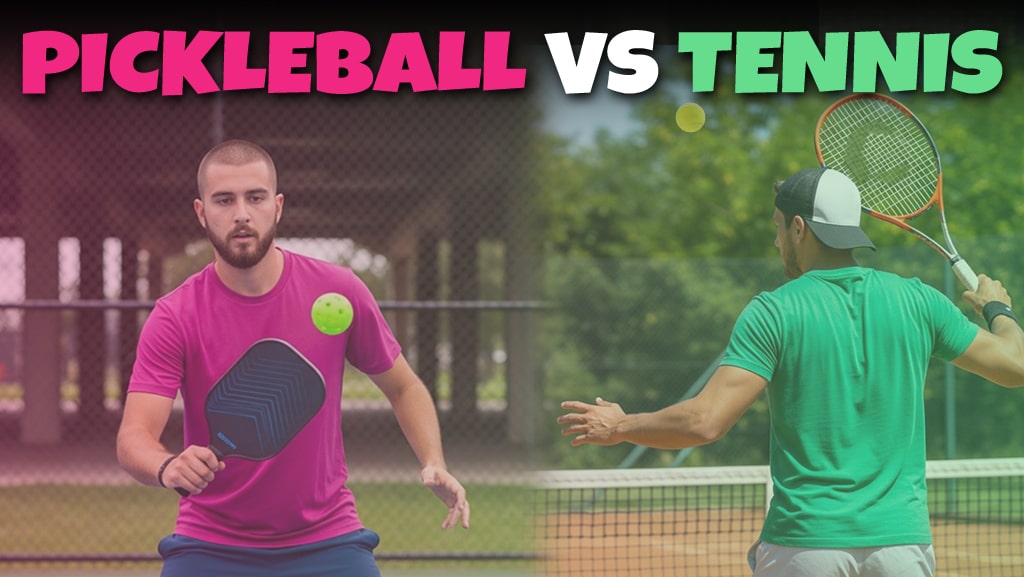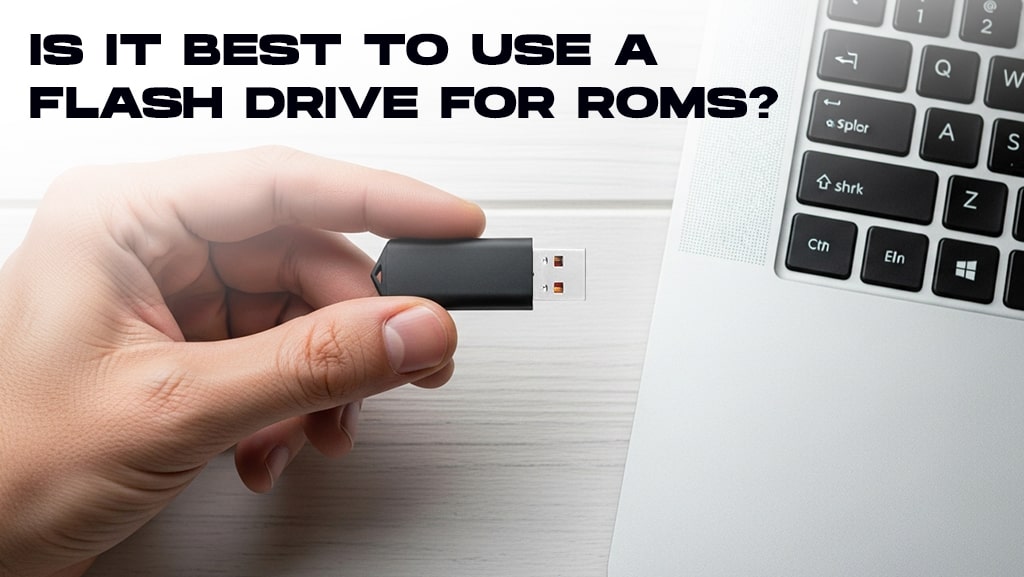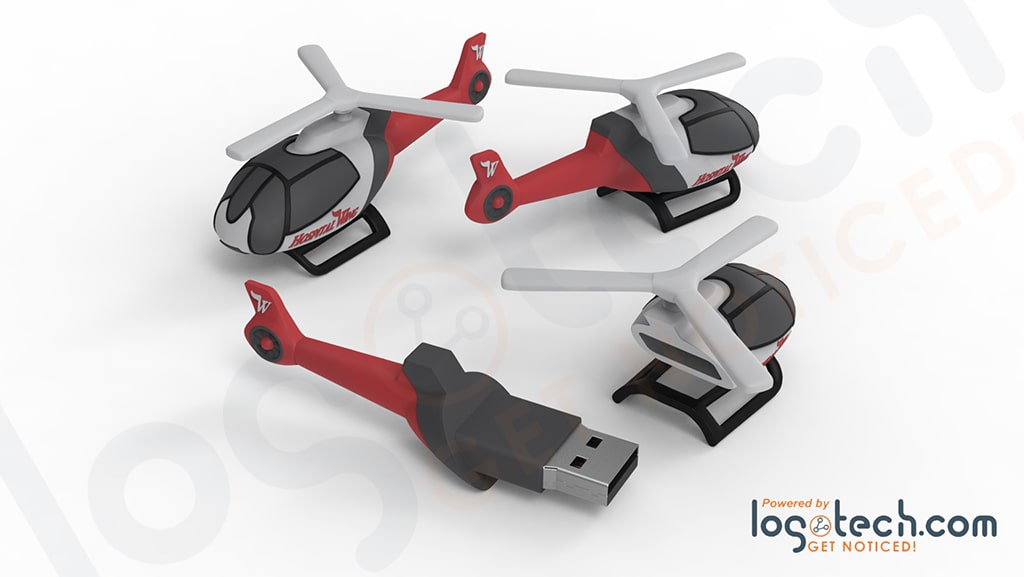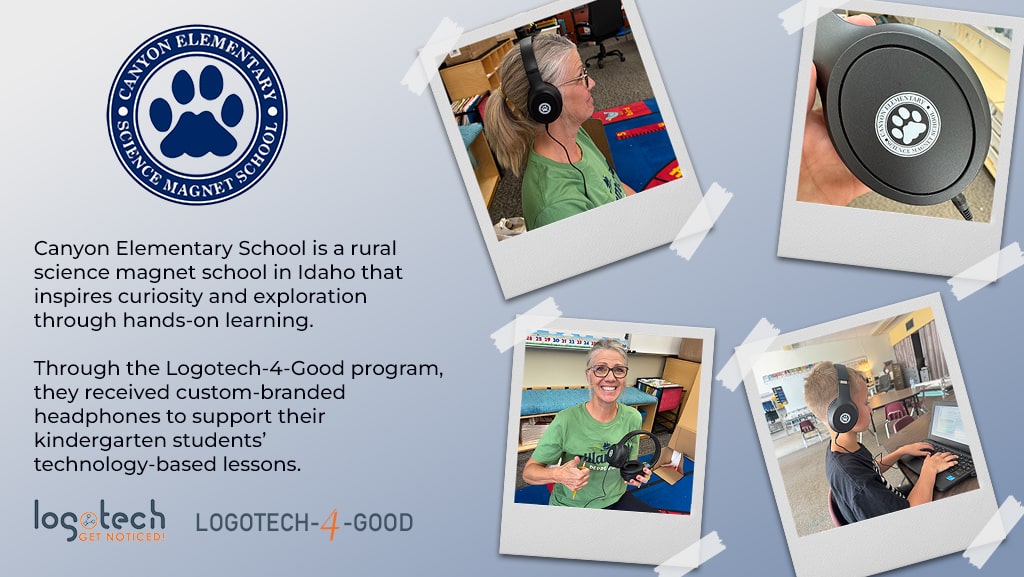
How is Pickleball Different than Tennis?
Tennis vs. Pickleball: Exploring the Ins and Outs of the Sports
Tennis is a sport steeped in tradition and history. For centuries, it's captivated players and spectators with its rich blend of strategy, skill, and athleticism. In the mid-20th century, pickleball was invented, drawing inspiration from tennis, badminton, and table tennis to create a game that's accessible and fast-paced. This newer sport was designed to be fun and engaging for players of all ages, quickly gaining popularity in community centers and backyards. In this article, we'll explore the differences between pickleball and tennis, highlighting how variations in equipment, court size, and scoring influence gameplay and tactical approaches.
Court Specifications
Pickleball Courts
The pickleball court is 44 feet long and 20 feet wide, mirroring the dimensions of a badminton court. This smaller size fosters a quick-paced game emphasizing strategic shot placement and quick reflexes. The net stands 36 inches high at the sidelines and 34 inches at the center, allowing players to execute a variety of shots without complicating the game.
Tennis Courts
In contrast, a tennis court stretches 78" long, with a width of 27" for singles and 36" for doubles. This larger court demands extensive movement and strategic planning! The net height is 36 inches across the court, supporting a diverse range of play from powerful serves to nuanced volleys and groundstrokes.
The difference in court size affects the physical intensity required and shapes each game's tactics. Pickleball's smaller area enhances the speed of rallies and requires quick tactical thinking and reflexes. On the other hand, tennis's expansive space allows for powerful strokes and a greater variety of strategic plays, demanding stamina and strategic foresight from its players.
Equipment Specifications
Pickleball Equipment
In pickleball, players wield solid paddles made from materials like plastic polymers, graphite, and aluminum. Pickleball paddles typically measure 8 inches wide and about 16 inches long, making them larger than ping-pong paddles but smaller than tennis racquets. The ball used in pickleball is made of durable plastic, similar to a wiffle ball, and features holes through its surface, which aid in its flight stability but limit its bounce on the court. This equipment contributes to the game's accessibility, as the lighter ball and smaller court reduce the physical demand on players.
Tennis Equipment
Tennis equipment is designed for power and precision over larger play areas. Tennis racquets are about 27 inches long, with a tightly stringed hitting area that allows players to exert more force and spin on the tennis ball. The ball is made of a rubber compound covered in felt, making it heavier and much bouncier than a pickleball, suited for fast-paced, high-bounce gameplay across the larger tennis court. This setup demands greater physical exertion and skill, offering a more strenuous cardio workout.
The distinct differences in equipment between pickleball and tennis affect how the games are played and influence the accessibility of each sport. Pickleball's lighter paddles and perforated balls make it easier for beginners and less physically inclined players, while tennis equipment requires higher physical fitness and coordination.
Scoring Systems
Pickleball Scoring
Pickleball features a straightforward scoring system, contributing to the game's fast pace and accessibility. Games are typically played to 11 points, and a player must win by a margin of at least two points. Only the serving team can score points, which encourages strategic play and service control. This scoring method simplifies the game for newcomers and keeps matches concise and engaging.
Tennis Scoring
Tennis uses a more complex scoring system, with points progressing from zero (love) to 15, 30, and 40, followed by game points. Matches are divided into sets, which are won by being the first to win six games with a margin of at least two games over the opponent. This system can make tennis scores seem cryptic to novices, but it adds depth to the sport, as players must win points and strategically manage games and sets.
Gameplay Mechanics
Pickleball Gameplay
Pickleball gameplay is characterized by its unique combination of simplicity and strategic depth. The no-volley zone, or "kitchen," prohibits players from executing volleys (hitting the ball before it bounces) within seven feet of the net, encouraging a play style focused more on precision and placement than power. The underhand serving rule in pickleball also emphasizes placement over power, as the ball must be struck below the waist, limiting the serve's speed and height. This makes for more frequent rallies and a game that relies more on strategy and finesse than brute strength.
Tennis Gameplay
Tennis, on the other hand, is known for its dynamic and physically demanding gameplay. Players utilize a variety of strokes, including powerful overhand serves and groundstrokes, volleys from the net, and defensive shots from the baseline. The ability to use powerful serves and aggressive shots allows players to control the pace and flow of the game more directly. The larger court size and the ball's higher bounce and speed encourage longer rallies and greater movement, making tennis a more physically intensive sport than pickleball.
Pickleball vs. Tennis: The Bottom Line
Understanding the differences in pickleball and tennis shows why each sport appeals to its respective audiences. Pickleball offers an accessible, fast-paced game that emphasizes strategic gameplay suitable for players of all ages and skill levels. It caters especially well to those seeking a social, less physically demanding sport. Tennis, with its rich history and competitive depth, appeals to those who enjoy a physically and mentally challenging game that tests their endurance, skill, as well as strategic thinking.
Both sports provide substantial health benefits, opportunities for social interaction, and the joy of lifelong play. Whether you're drawn to the strategic exchanges of pickleball or the intense volleys of tennis, each sport offers a unique way to stay active, improve skills, and enjoy competitive or recreational play. Hit the courts and start playing today!
Frequently Asked Questions
Q: What are the main equipment differences between pickleball and tennis?
A: Pickleball uses solid paddles and a plastic ball with holes, while tennis utilizes stringed racquets and a felt-covered rubber ball.
Q: Do tennis skills transfer to pickleball?
A: Yes! The hand-eye coordination and strategic play developed in tennis can be applied to pickleball and vice versa.
Q: Are pickleball shoes the same as tennis shoes?
A: While specific shoes are made for each sport, many players wear tennis shoes for both due to their support and durability. Click here for more information about the best pickleball accessories.
Q: Is there a bigger court for doubles in pickleball?
A: No. Unlike in tennis, singles and doubles pickleball are played on the same size court.








